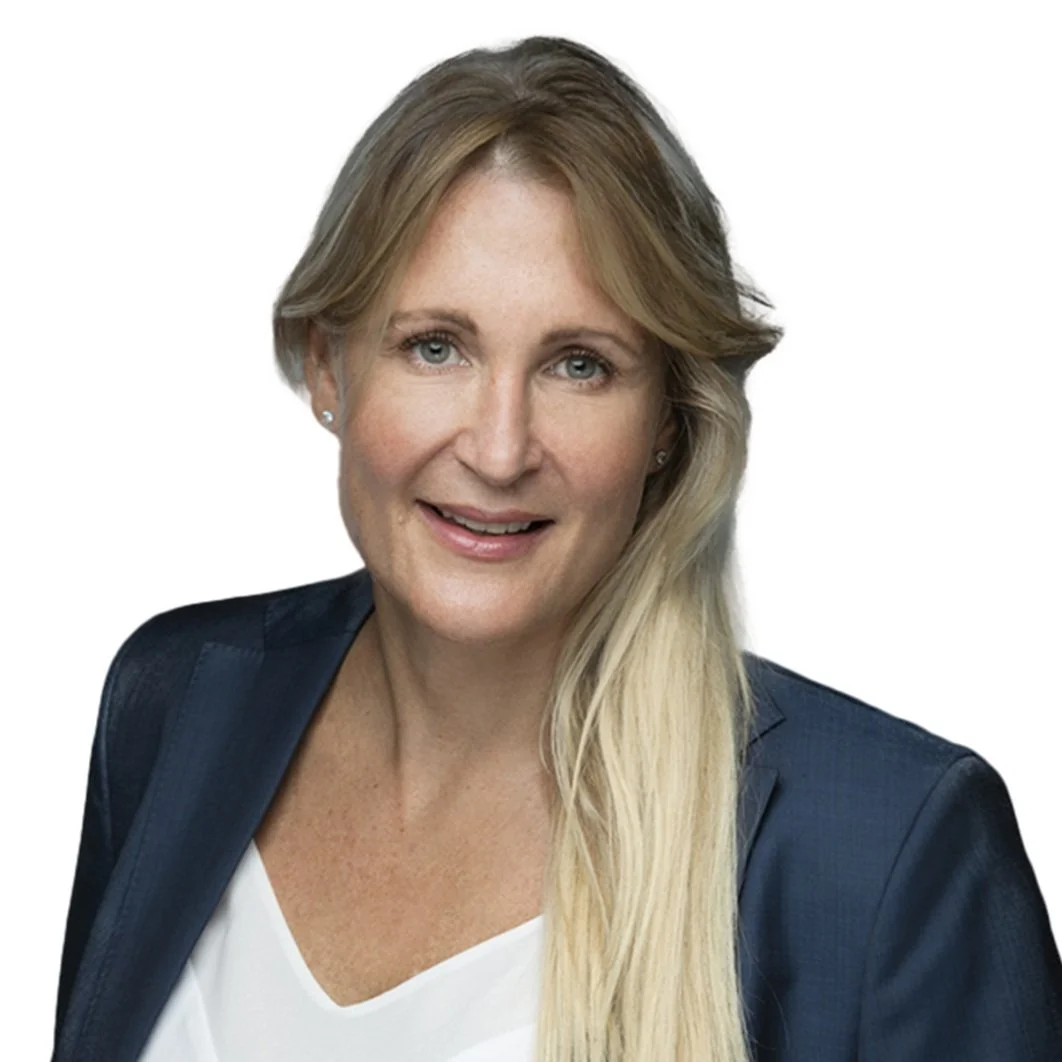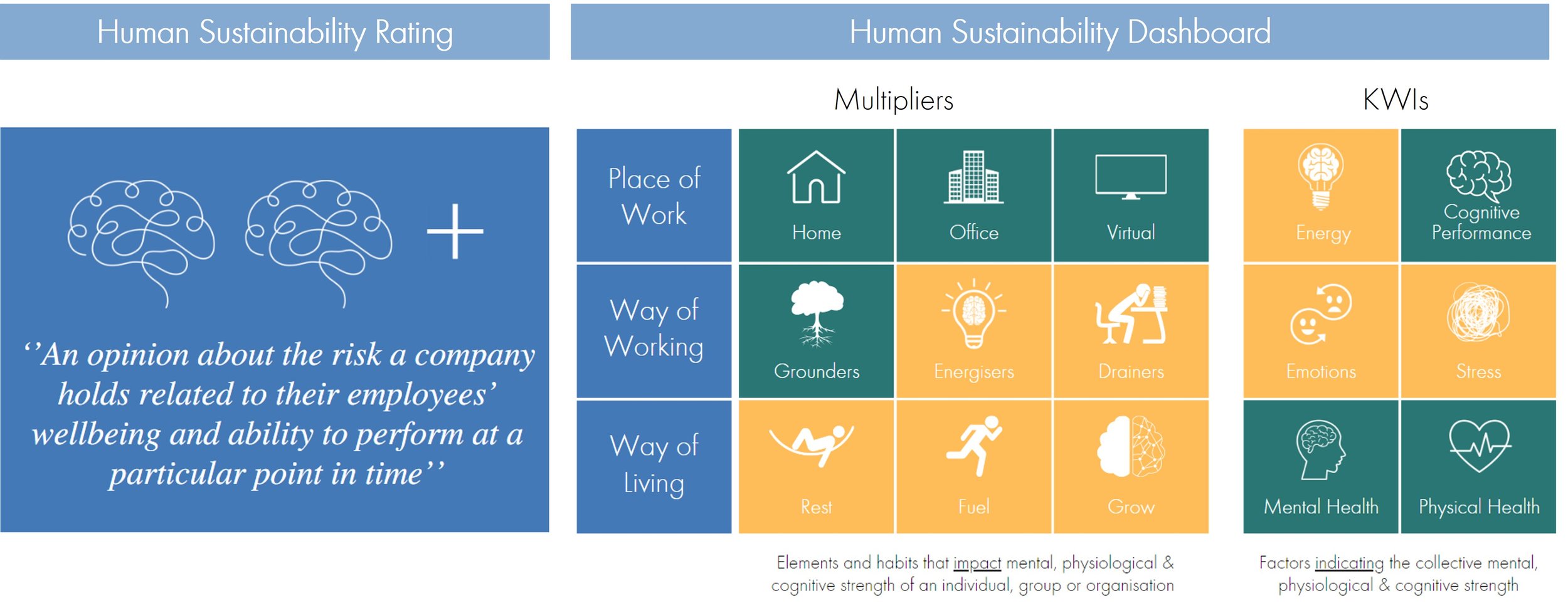Human sustainability: an emerging, multi-purpose term.
By Linda Jarnhamn, Founder flow2thrive.
‘‘How would you define Human Sustainability’’?
I asked all of the first eight guests on The Sustainable Human Podcast how they would define Human Sustainability and, in summary, this is what I concluded:
‘‘It’s an emerging, multifaceted term, part of the challenge we're having is a lack of a shared definition’’
One goal with the Sustainable Human Podcast, is to raise awareness of the need to establish a clear definition of Human Sustainability, yet be mindful of how it might be used and applied in different contexts.
What’s shared below, isn’t my conclusion, nor is it my view on the topic. It’s quite simply a compilation of views, to read, explore, and reflect on. I hope you will find inspiration in the power of different perspectives.
An emerging term, critical to the sustainability equation
Overall, Human Sustainability is understood as an investment in human capital, recognising that people are a critical component of the planet's sustainability equation. It's an emergent term that captures the need to systemically address the multi-dimensional aspects of human life, ensuring our species’ longevity and quality of life for generations to come, much like the focus on environmental sustainability.
Human Sustainability can be distilled into a multifaceted concept centered on the holistic wellbeing of individuals within the framework of sustainable development. It's about ensuring that human life can continue to thrive on Earth, not just in terms of survival, but in a state of flourishing, where all dimensions of health are nurtured.
Some of the key components of Human Sustainability which have been discussed include (not an exhaustive list):
Mental & brain health: Healthy brains as a foundation for a new economic imperative.
Health equity: Access to nutritious food, clean air, clean water, and healthcare are key.
Social inclusion: Protection of human rights, equity, justice, and cultural heritage are critical components.
Environmental interconnection: A symbiotic relationship between humans and the environment, human wellbeing is tied to the health of the planet.
Societal wellbeing: Individual wellbeing contributes to the larger social fabric, and vice versa.
Economic considerations: The cost of not addressing human sustainability is high, ways to measure this is key
Each of the eight guests on the podcast shared their definition of Human Sustainability. Here they are for you in one place:
Episode 1: The human side of ESG, a broad perspective by Dr Tauni Lanier: ‘‘It's finding a way to make sure that the human element of us, whatever it is; our wishes, our dreams, our ambitions have a sustainable element to it. One that has a positive additionality to the world that doesn't take away from future generations. That's how I would see it. Taking the human as the core, but using sustainability as the guiding parameters, or as the Germans’ would say, the Grenze of how you'd go about leading your life’’.
Episode 2: Metrics of Value: navigating Human Capital in the ESG era with Kathleen McGrail: ‘‘WSP follows the four pillars approach for sustainability, just as many other organisations globally are inspired to do. We very much see the first pillar being Human alongside Economic, Environmental and Social. Essentially human sustainability is all about maintaining and improving human capital in society’’.
Episode 3: Sustainable high performance: the role of HRV in predicting employee risk and potential by Justin Buckthorp: ‘‘I’d say very simply, it's the capacity for someone to excel and thrive at the level that they want, without compromising their physical, mental, and emotional wellbeing. That level is unique to each individual. Excellence for one individual is different to someone else. It's someone who is able to live their best and contribute in the way that they want, learn, grow, and thrive, but without compromising their wellbeing’’.
Episode 4: Health: from risk to asset, the path to a more resilient, sustainable future of work with Elizabeth Bachard: ‘‘Human sustainability is multi-dimensional. Looking at climate change, health and well-being inequalities, social inequities, we're really trying to understand what it means to cross into that sustainable human. So the H, the H in ESG, health and wellbeing. That takes on sustainability at a systems level. Access to healthcare and basic needs, protecting the psychosocial risks associated with the work environment, for example, reorganising our food systems to provide access and affordability to nutritious food, clean air, clean water’’.
Episode 5: Inclusive innovation: The impact of diversity on sustainable workplaces with Tina Lindh: ‘‘I believe human sustainability is a big part of social sustainability. When I talk about human sustainability, I try to focus on the holistic part because as humans, we have different dimensions. We have different parts of us that all need to be fulfilled, to be sustainable. Therefore, I think it's important that we talk about humans in terms of our feelings, thoughts, bodies, the total whole of humans and not only the mind and the body. I think we have a soul, I think we have a spiritual part of us that we need to also talk about’’.
Episode 6: Brain Health: The case for a new balance sheet paradigm by Kelly O'Brien: ‘‘It was an aha moment thinking about this question, because I thought, wow, we are just coming around to understanding what environmental sustainability is, and there are still places in the world that don't know what that means. We haven't even thought about ourselves as humans. That's really quite amazing to me. I think about it as investing in our people. We have to pay attention to how we develop our own humaneness, our own capacities, dreams and overall wellbeing as we do in connection to the world in which we live and the environment that we inhabit’’.
Harris Eyre (will be released 1 May): ‘‘Human sustainability to me is about recognising that we have a lot of sustainability challenges across society. To me, human sustainability is about how we solve brain challenges. How we try to solve depression, anxiety, education disruption, low educational attainment, and dementia issues. That's what human sustainability means to me; thinking systemically about how to solve the big brain challenges that right now we are just not getting a handle on’’.
Rachel Hodgdon (will be released 15 May): ‘‘I really appreciate this question of how do you define it. Because I do think part of the challenge that we're having is a lack of shared definitions. I see social sustainability as human sustainability at scale. And I think that, you know, we talk a lot about sustainability in terms of the health and wellbeing of the planet. I see human sustainability as an expression of our desire to sustain life as we know it on this planet, which is more than just surviving, it's about thriving’’.










